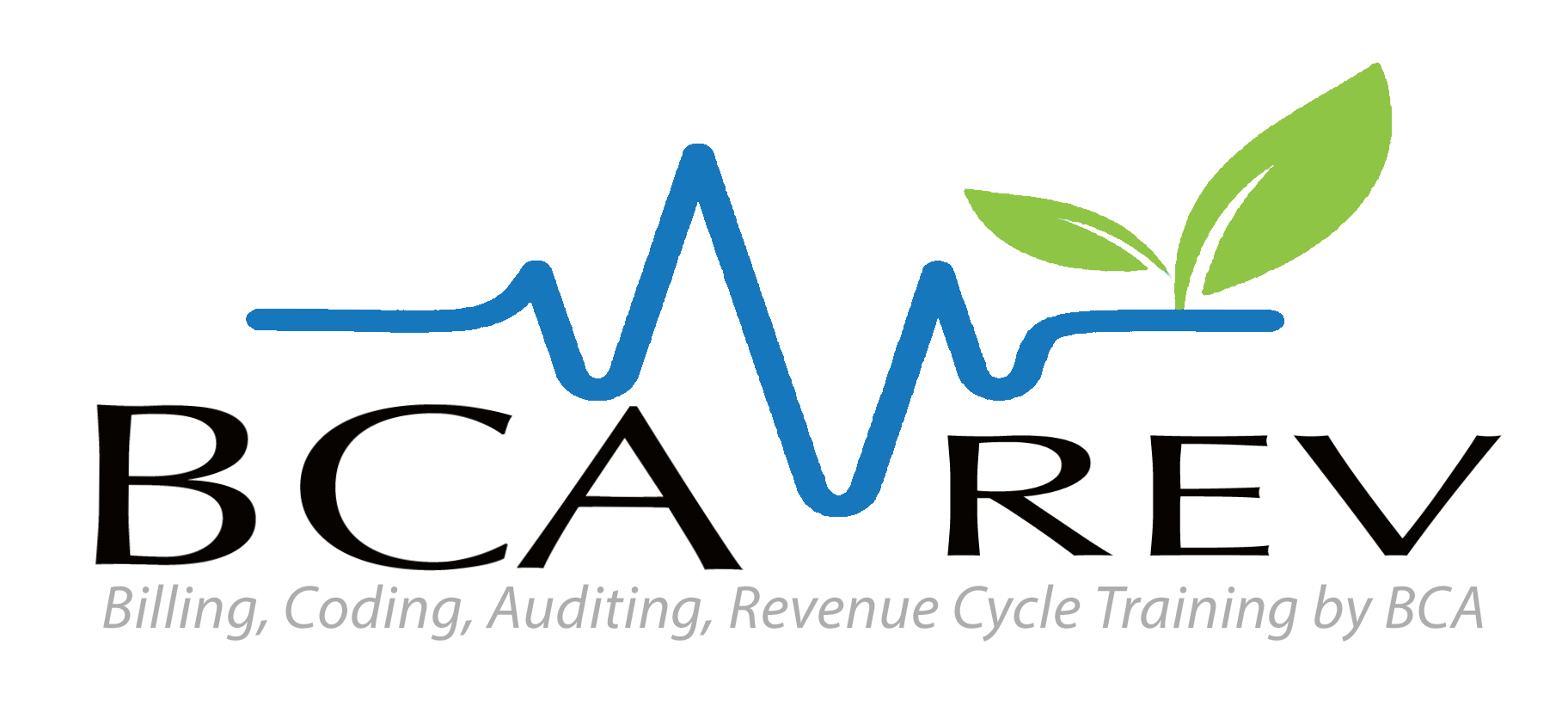Peter Drucker famously said, “What gets measured gets managed.” We have spent some time recently exploring UDS Quality Measures, but where do we even begin to look at this data? How can we improve on data if we don’t know where to start? We are going to dive into an amazing place in this post, the world of HRSA data!
First, take a minute to go check out bphc.hrsa.gov. There are so many resources here, it is almost overwhelming. Not only are there amazing resources for your health center, but there is also great data available too. This data can help us see how we stack up against other health centers. More on that in a minute, first let’s go look at some data!
If we dive a little deeper into data.hrsa.gov we are going to find five years’ worth of selected UDS measurement reporting. It is interesting to navigate over to the Clinical Data area and see how you are performing. We can look at this data on a national, state, or local level. Can you tell we get really excited about data here at BCA?
Before anyone thinks a data comparison doesn’t seem fair with the variety of health centers we have across the nation, let’s talk through quartile rankings. Quartile rankings help to level the playing field with health centers. Your UDS results are compared to other health centers that have similar traits. These traits range from the percent of patients who are uninsured to the status of your EHR. HRSA is comparing apples to apples as best they can with the quartile rankings. These rankings are based on a scale of 1 to 4, with 1 being the best. We recommend working with your Quality Team to review these rankings on a regular basis and assess which measures need to be addressed for your organization.
You can be a valuable resource on your team by paying attention to this data and bringing solutions to the table to make improvements. Remember, what gets measured gets managed, but there’s also the famous data saying of garbage in, garbage out. Our goal is to get great data into whichever system we use for UDS reporting so that we don’t get garbage data or results.
